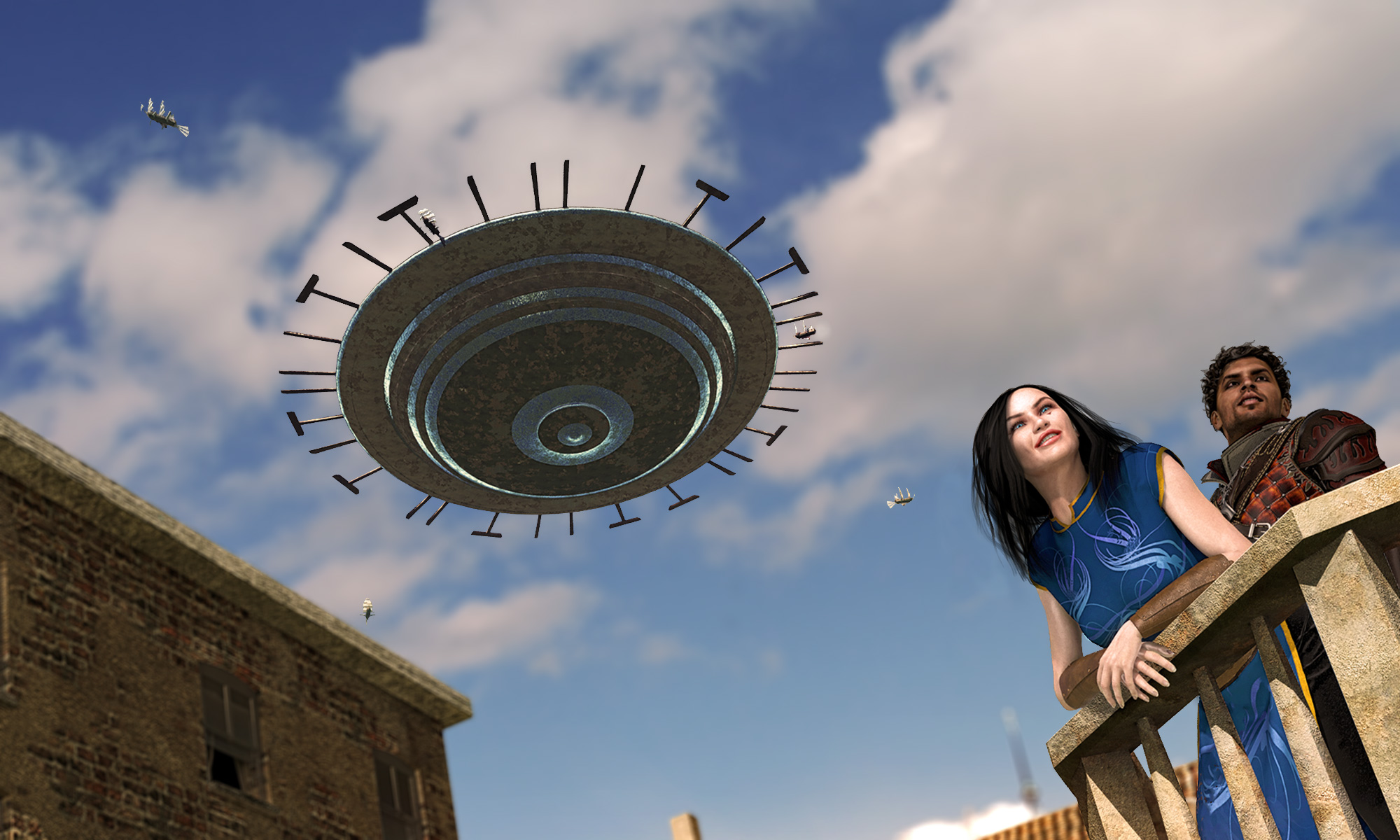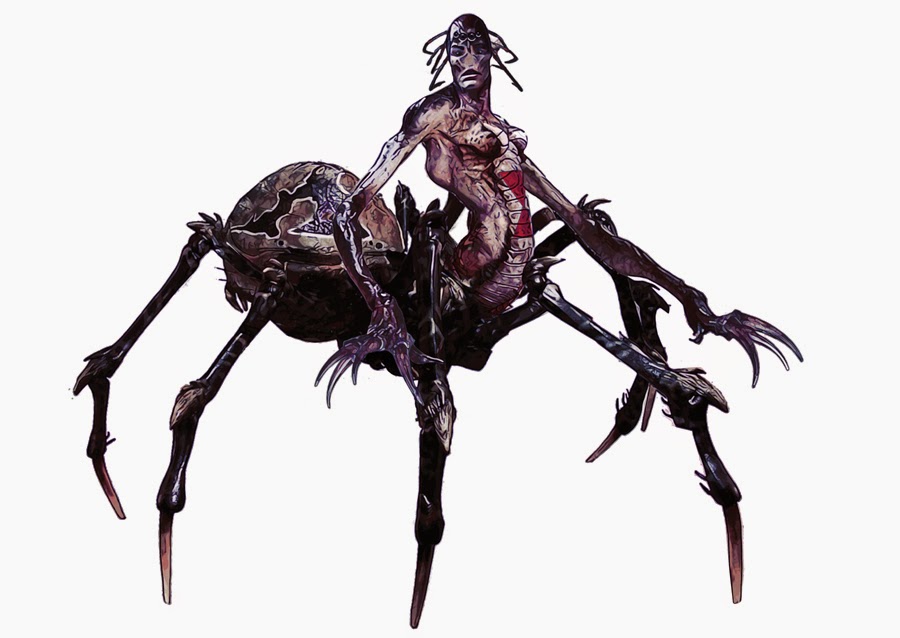<I have a horrible feeling that is a miss-quote from Rex Harrison in My Fair Lady>

I have been thinking a lot about my Rolemaster feeder system rules and I think I can build two systems one for 4yrs to 8yrs and one for 9yrs to 12yrs. It took the example criticals that BriH suggested (“Bam!! Foe hit in face and forced to blink for 1 rnd”, “Kapow!! Foe is disarmed”) and some comments by Edgcltd to give me the inspiration.
I think I can build a game for 4 year olds. I am going to have to examine the National Curriculum in some more detail to see what skills I can expect children to have but that is actually a useful framework to work to.
So down to by game concept.
Imagine rendering skills down to a number of gold stars. You get no stars for having no ranks (-25) and then roughly one star for every +25 or so as we would think of it. So a typical OB would be in a 1 star to 5 or 6 star range. DB would be 1 star for a shield. Magic armour may be 1 star or maybe even 2 star.
You attach roll would normally be in a no star to 4 star range with open ended rolls taking it up to 8 or more stars.
Stat bonuses would typically be no stars or one star.
If any of you have young children or have had them you may be familiar with a number line. It is used for teaching addition and subtraction (check this out if you don’t know what it is https://www.mathsisfun.com/numbers/number-line-using.html)
So I am sticking with cards as they remove the need for dice and being able to self print cards makes the game easily expandable.
Each card will have the attack/skill roll as a number of stars in a top corner. The body of the card will have a number of criticals on a vertical number line. The player when they want to make an attack draws a battle card, sees how many stars on the card and then counts on to add their OB, and counts back to take off the defenders DB and then reads across for the result. That is where the “Thwack! Foe is knocked down and out!” comes in.
Healing would be cinematic and fights last until everyone is either knocked out or runs away. At which point the surviving characters help their friends to the their feet and the adventure continues or the character wakes up in a cell held by the villain.
I think I need three professions; knight, archer and magician.
I think I need 4 stats. Players will be given 9 stars to share between the four stats.
Strength will combine Strength and Con.
Agility will combine Agility and Quickness
Sympathy will combine Empathy and Intuition
Cool will combine Memory and Reasoning (yes, being a geek is cool!)
Presence and Self Discipline are not needed in this simplified version.
The nine into eight means that everyone gets at least one stand out stat.
There will be at least three races Human, Elf and Dwarf. This is not yest fixed in my mind. I think I would like more but not sure which.
There will be battle cards, skill cards, movement cards and spell cards. The battle cards will work as I described above. Skill and moving maneuver cards will work in a similar way but the content of the table will resolve the static action or moving maneuvers. Spell cards will a pack per spell list with half being utility spells such as Light and the other attack spells like Lightning Bolt. So there will be many Lightning Bolt cards each with its own attack roll and unique critical table. The utility spell cards will have the roll for BAR or SCR built into them.
So that is a whirlwind tour of Rolemaster for 4 year olds.
I am thinking of calling it Gamemaster Kids as I have not had any response from ICE when I emailed them and that would mean I am no longer using any of their IP. The version for lightly older players could then be Gamemaster Heroes. That would be the true feeder system into RMU.









